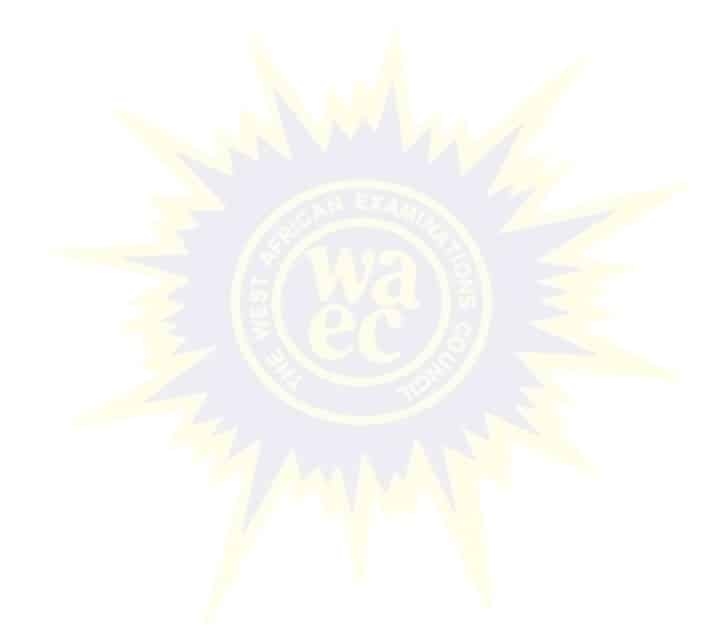
Chemistry
Paper 1 | Objectives | 33 Questions
WASSCE/WAEC MAY/JUNE
Year: 1989
Level: SHS
Time:
Type: Question Paper
Answers provided
FREE
No description provided
Feedbacks
This paper is yet to be rated

Paper 1 | Objectives | 33 Questions
WASSCE/WAEC MAY/JUNE
Year: 1989
Level: SHS
Time:
Type: Question Paper
Answers provided
No description provided
This paper is yet to be rated